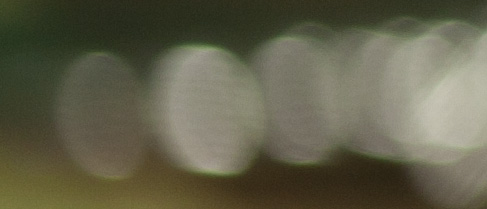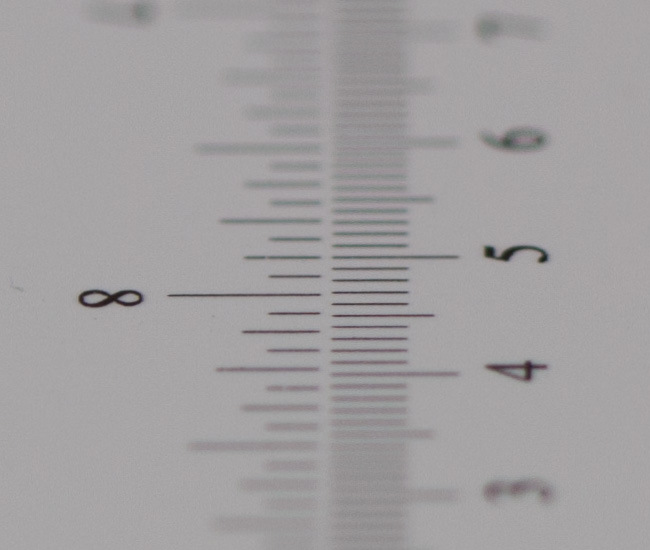|
Tamron AF SP 90mm f/2.8 Di VC USD Macro (EOS) - Full Format Review - Analysis |
|
Lens Reviews -
Canon EOS (Full Format)
|
|
Page 2 of 3

Distortion
Typical for most macro lenses the level of distortion is pretty much negligible (0.4%) and nothing to worry about from a real world perspective.

Vignetting
The lens produces a comparatively moderate albeit visible amount of light falloff at f/2.8 (1.4EV). Stopping down to f/4 tames the issue already quite a bit and it's irrelevant from f/5.6 onward.

MTF (resolution)
Typical for most macro lenses, the Tamron delivers a very high performance. The center quality is already very good to excellent at f/2.8 and outer image region is also quite sharp albeit not terribly contrasty. However, in order to get the most from the lens, you should stop down to f/4 or f/5.6 where it reaches outstanding center results and very good (f/4) to excellent (f/5.6) borders. The results remain near-flawless at f/8. Diffraction effects reduce the quality somewhat at f/11 and more so at f/16 but the quality remains fine here. f/22 is acceptable to a certain degree but avoid f/32 unless you prefer dreamy results - this is a physical limitation and not a lens issue.
The centering quality of the tested sample was good. Field curvature is not an issue to worry about.
Please note that the MTF results are not directly comparable across the different systems!
Below is a simplified summary of the formal findings. The chart shows line widths per picture height (LW/PH) which can be taken as a measure for sharpness.
If you want to know more about the MTF50 figures you may check out the corresponding Imatest Explanations

Chromatic Aberrations (CAs)
Lateral CAs are reasonably well controlled for a prime lens with an average width of less than 1px at the image borders.

Bokeh
The bokeh (the quality of the out-of-focus blur) is a primary aspect for a macro lens. Surprisingly the Tamron lens shows a certain weakness here.
Out-of-focus highlights have a slightly uneven inner zone but there's just slight outlining effect at the highlight borders.
 At large apertures, you can spot some shape deterioration near the borders/corners. This vignettting effect decreases the more you stop down. It's barely visble at f/4 and gone by f/5.6.
At large apertures, you can spot some shape deterioration near the borders/corners. This vignettting effect decreases the more you stop down. It's barely visble at f/4 and gone by f/5.6.
 The general blur in the focus transition zone is very smooth and buttery in the image foreground whereas the image background can be somewhat busy.
Please note that this is reflects the behavior just around the focus point. You can, of course, achieve a very pronounced blur especially in macro scenes with their very shallow depth-of-field.
The general blur in the focus transition zone is very smooth and buttery in the image foreground whereas the image background can be somewhat busy.
Please note that this is reflects the behavior just around the focus point. You can, of course, achieve a very pronounced blur especially in macro scenes with their very shallow depth-of-field.

Bokeh Fringing
Bokeh Fringing is a common issue with relatively fast glass. As you may notice below the out-of-focus halos have different colors - magenta (red + blue) in front of the focus point and green beyond. Unlike lateral CAs, bokeh fringing cannot be fixed easily in post processing. Super-apochromatic lenses don't show LoCAs but these lenses are very rare.
Typical for most fast primes, the Tamron shows some amount of bokeh fringing at large aperture settings which can be reduced by stopping down. However, the issue is mostly gone from f/4 onward.
In addition, these shots also illustrate that there is no focus shift when stopping down.
|
Move the mouse cursor over the f-stop marks below to observe the respective LoCAs
|
| f/2.8 |
f/4 |
f/5.6 |
|

|
|